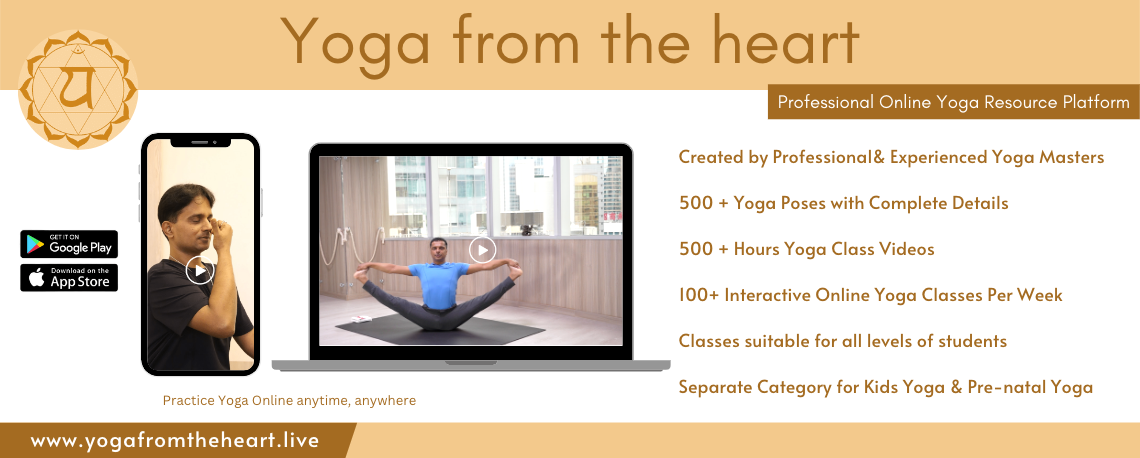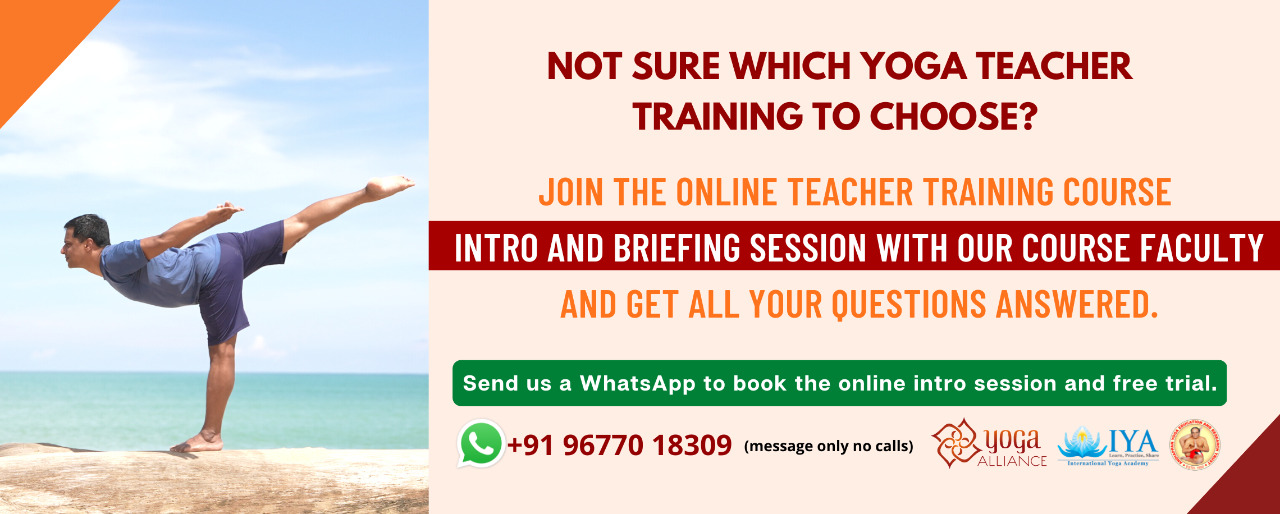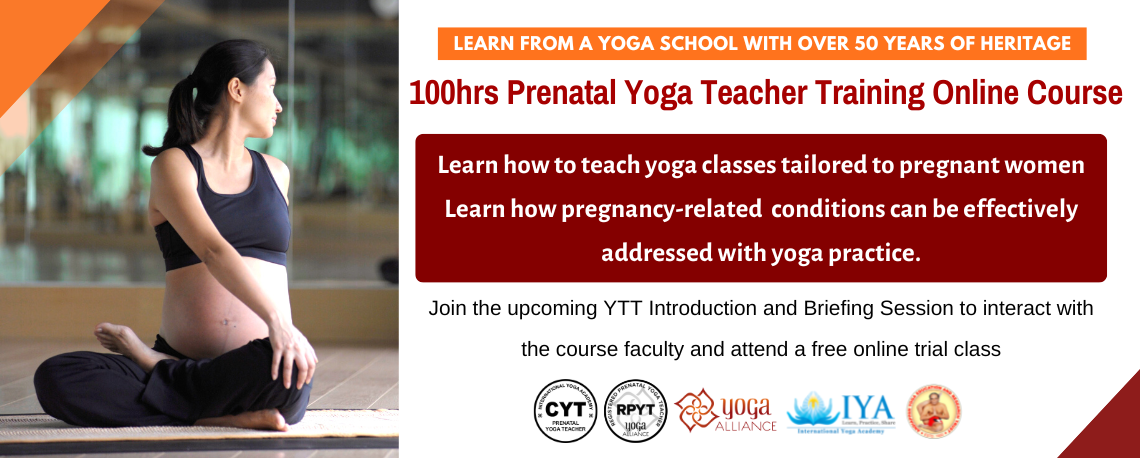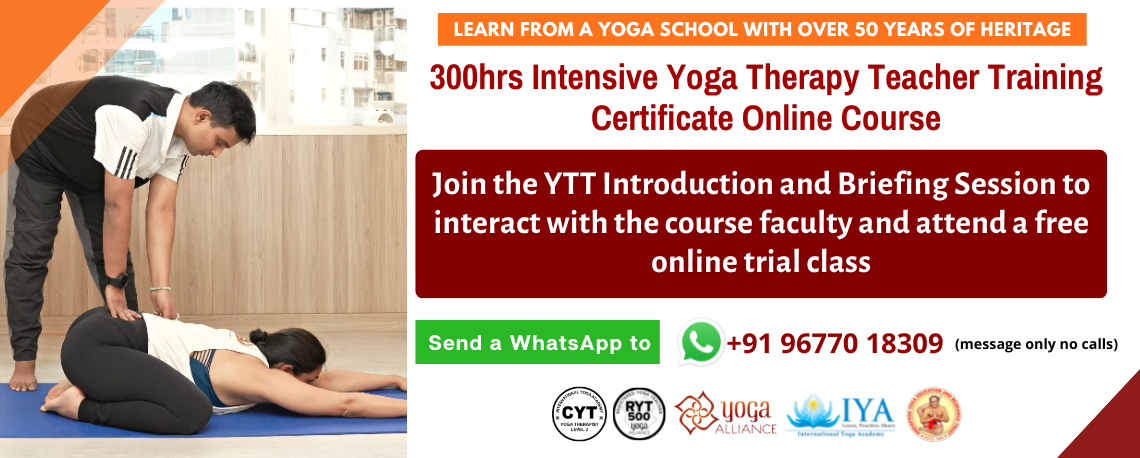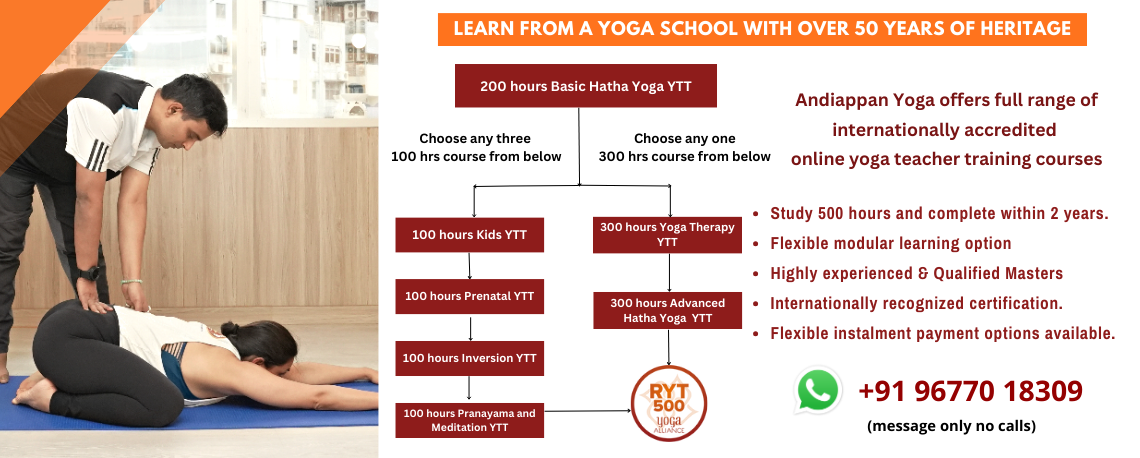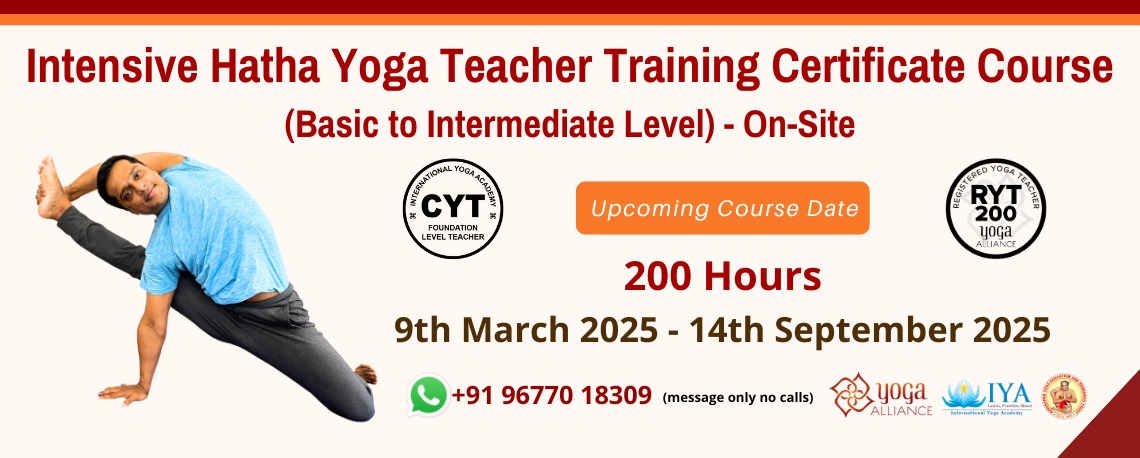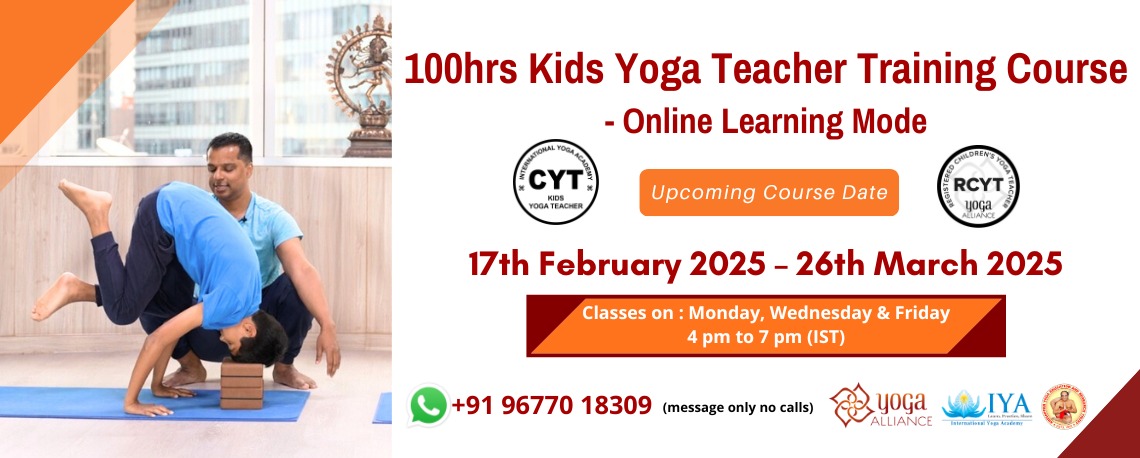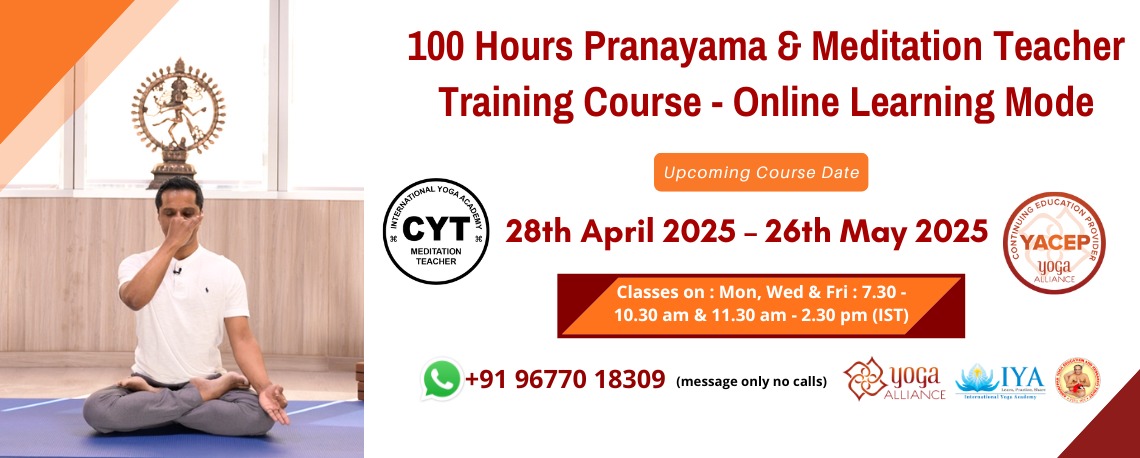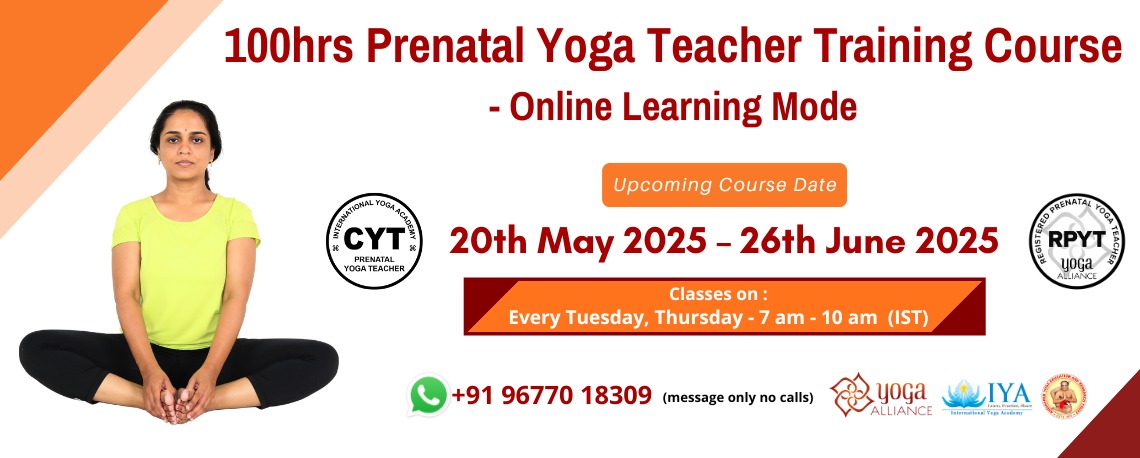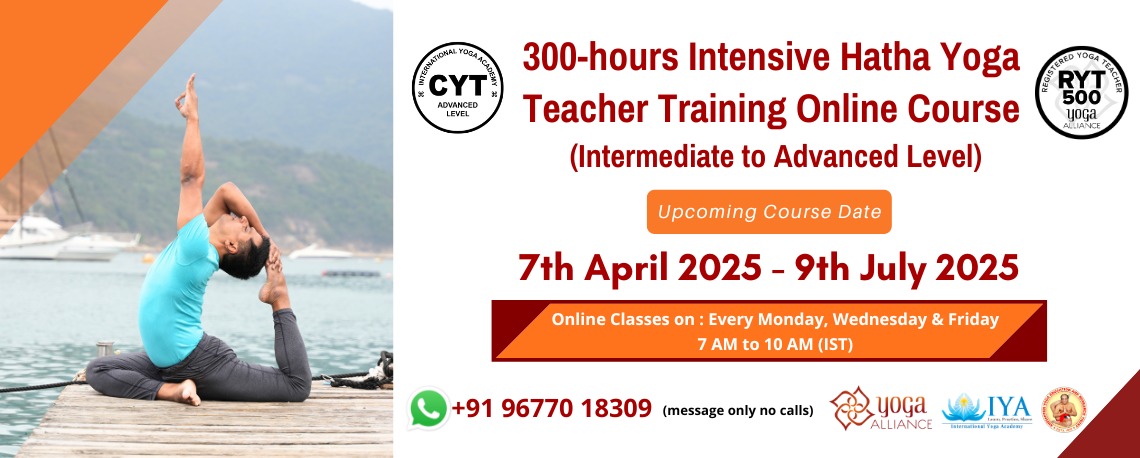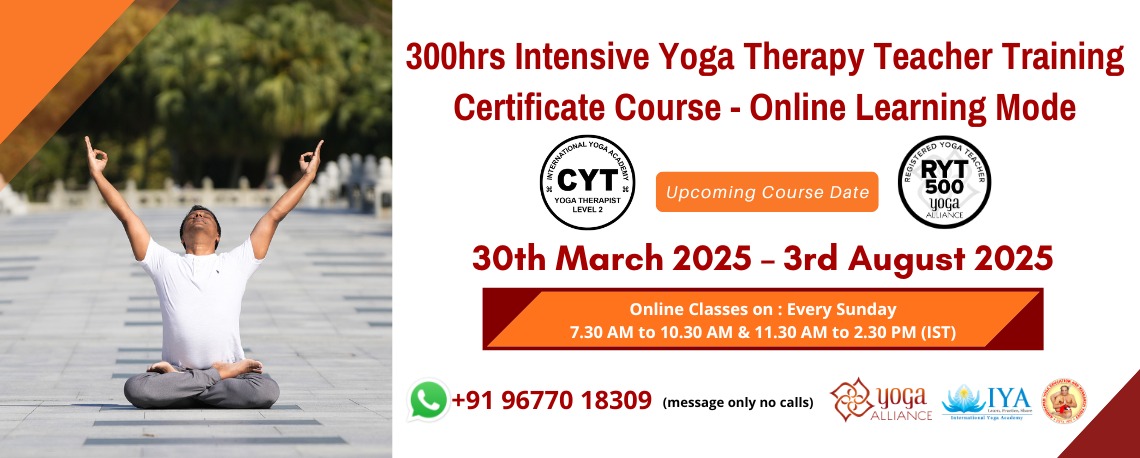Sometimes our muscles are either tight or stiff; we may suffer from a cramp too during an activity. Some would experience stiffness even when they are not engaged in any activities. This could be due to postural (spine), brain or stress related issues. If ignored, it could lead to severe damages.
Yoga Therapy
The brain and the central nervous system are functioned by the proper alignment of the spine. Any imbalance in the extremities, the hips or shoulders would eventually affect the spine. Spine is health and connectivity, just like a fibre optical wire transmitting the message from the brain to the entire body.
Yoga therapy for spasticity disorder works on bringing balance in the posture and control in the muscular reflexes.
Asanas like inverted postures help to free any compression or trap of the nerves in the spine. Forward bends stretch the nervous system. Restorative postures calm the body and reduce any unwanted reflex in the body. In addition, pranayama helps to strengthen the nadis (nerve channel). It helps to control the left and right hemisphere of the brain and calm the muscular tension.
The following postures should be done with the guidance from a teacher if one had a severe spasticity. However, for sufferers at early stages, they can practise the poses after learning with a teacher.
Regular asana practices are very important with the guidance of a teacher. Props such as a chair, bolster or the wall enhance the poses because they are supportive, reduce stress and bring perfect alignment. Proper postures and relaxation bring awareness to prevent involuntary muscular actions. A healthy spine and the mind are crucial for relaxed and spasm free muscles.






 My cart
My cart
